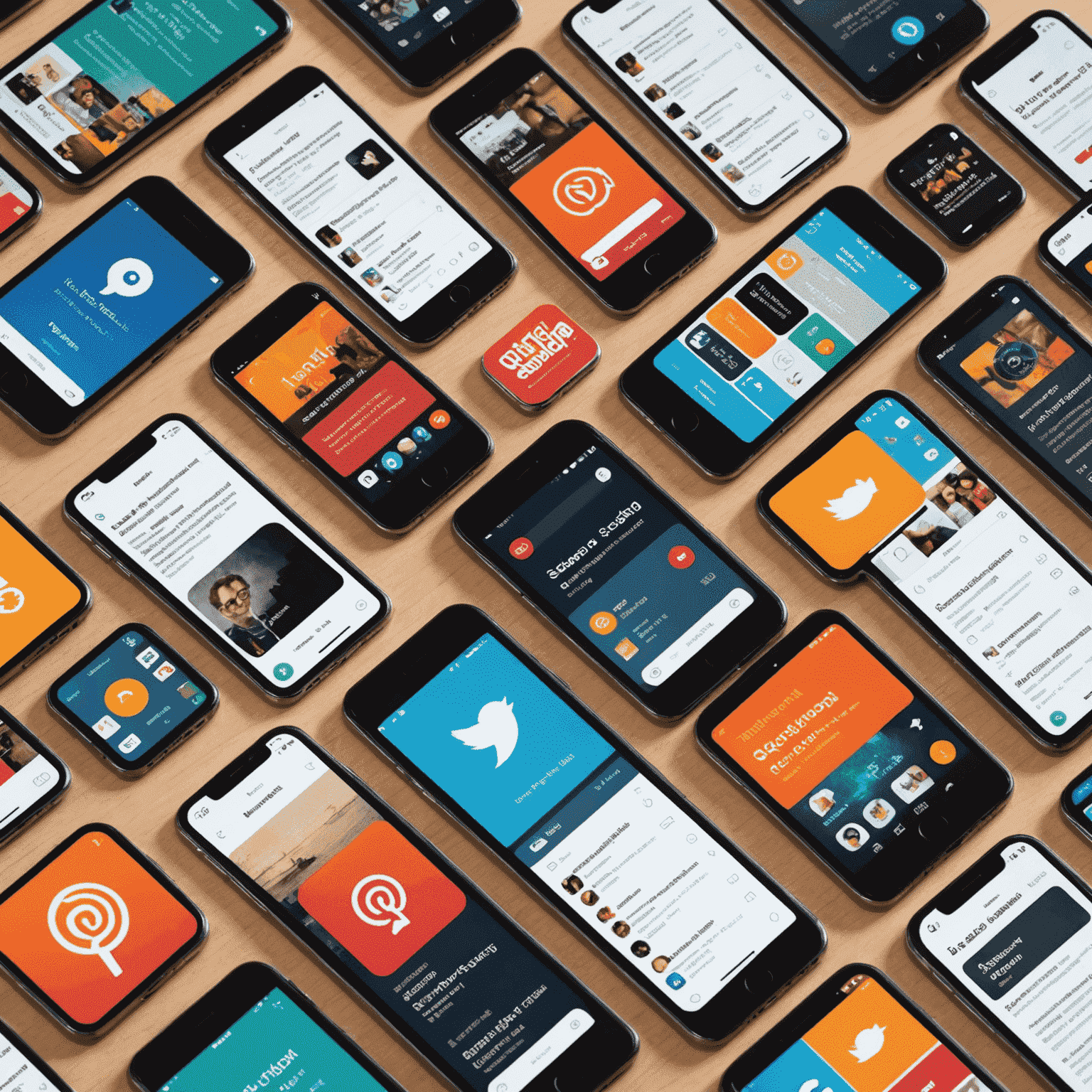E-Book Industry Trends: Shaping the Future of Digital Reading

The e-book industry continues to evolve rapidly, driven by technological advancements and changing reader preferences. Let's explore the current trends that are reshaping the digital reading landscape.
1. Enhanced E-book Experiences
E-books are no longer just digital versions of print books. Publishers are now incorporating interactive elements, audio, and video to create immersive reading experiences. These enhanced e-books are particularly popular in educational and children's literature, offering a more engaging way to learn and explore stories.
2. Subscription-based Services
The "Netflix for books" model is gaining traction. Subscription services offer readers access to vast libraries of e-books for a monthly fee, changing how people consume digital literature. This trend is reshaping the e-book market and influencing how authors and publishers distribute their work.
3. Artificial Intelligence in E-book Creation
AI is making its mark in the e-book industry, assisting in various aspects of book creation, from editing to cover design. Some platforms are even experimenting with AI-generated content, though this remains a controversial topic in the literary world.

4. Personalization and Recommendation Algorithms
E-book platforms are leveraging user data to provide personalized reading recommendations. These algorithms analyze reading habits, preferences, and ratings to suggest books that readers are likely to enjoy, enhancing the discovery process for both readers and authors.
5. Accessibility Features
E-books are becoming more accessible to readers with disabilities. Features like text-to-speech, adjustable font sizes, and high-contrast modes are becoming standard, making reading more inclusive for all.
6. Integration with Smart Home Devices
The rise of smart home devices is influencing e-book consumption. Integration with smart speakers allows for seamless audiobook playback, while smart lighting systems can adjust based on reading schedules, creating optimal reading environments.
7. Social Reading Experiences
E-book platforms are incorporating social features, allowing readers to share quotes, discuss books, and see what friends are reading. This social aspect adds a community feel to the traditionally solitary act of reading.

Conclusion
The e-book industry is at an exciting crossroads of technology and literature. As these trends continue to evolve, they promise to enhance the reading experience, making it more interactive, accessible, and tailored to individual preferences. The future of e-books looks bright, with innovations that cater to the diverse needs of modern readers while preserving the timeless joy of storytelling.